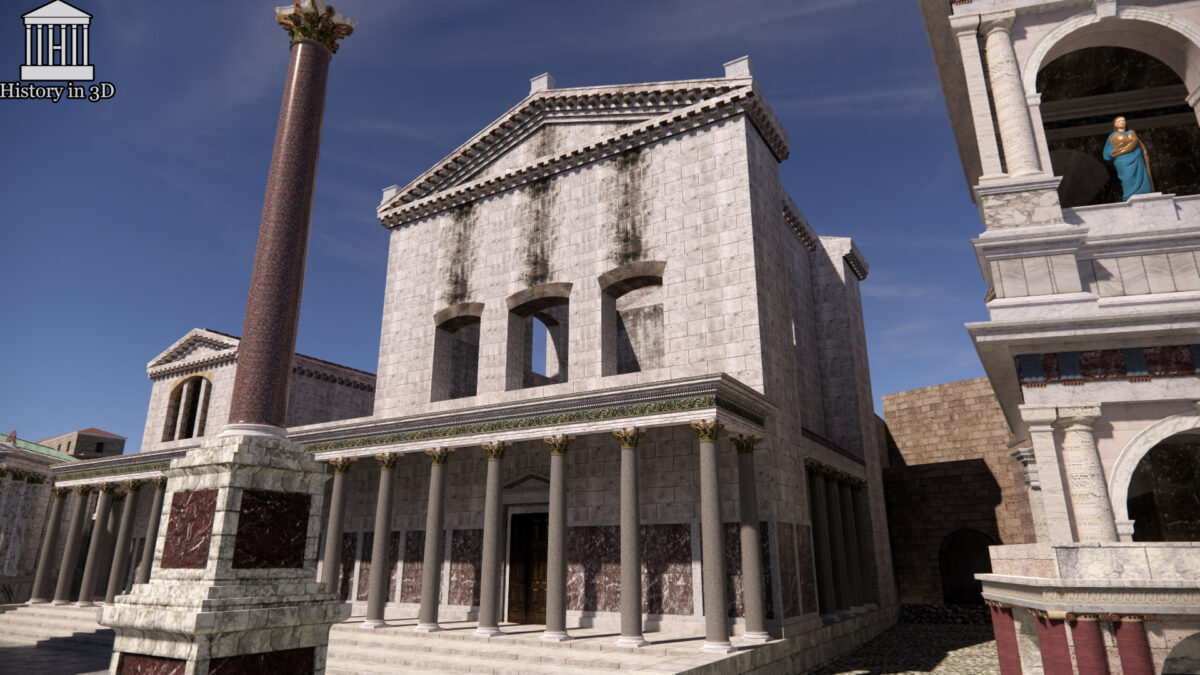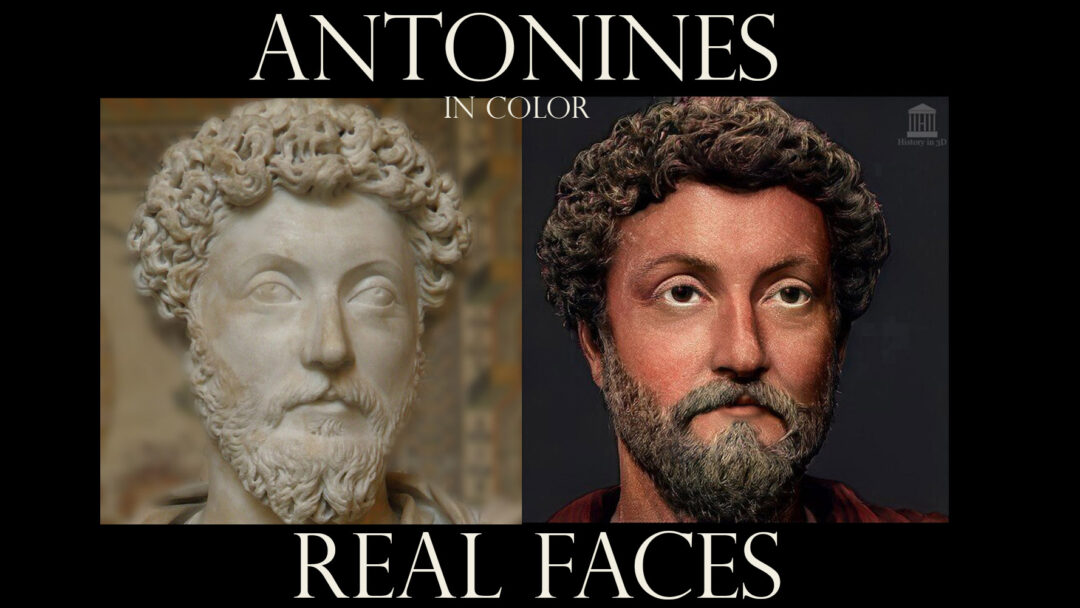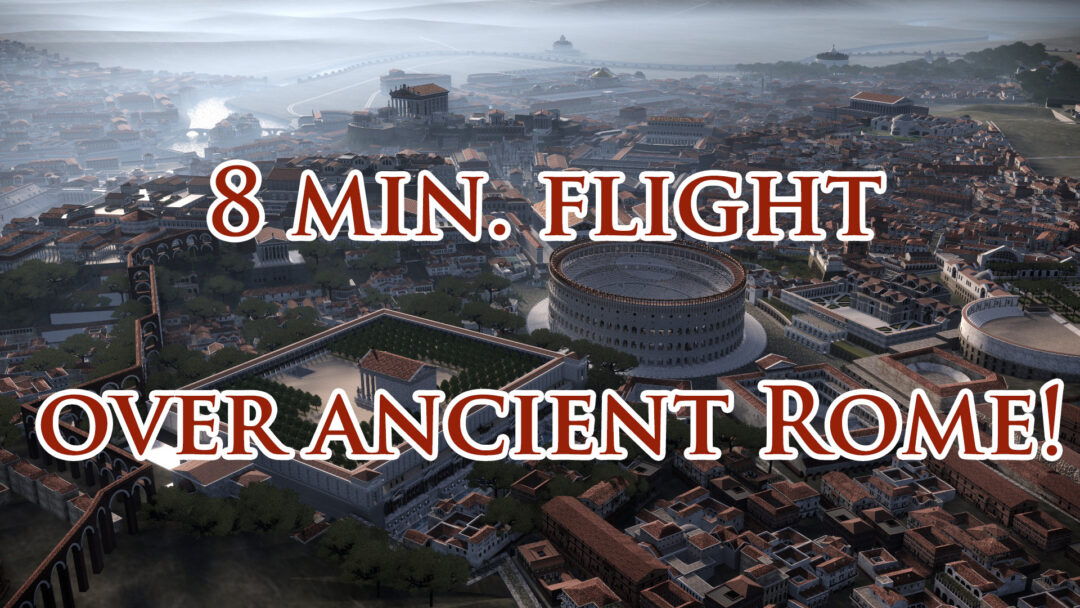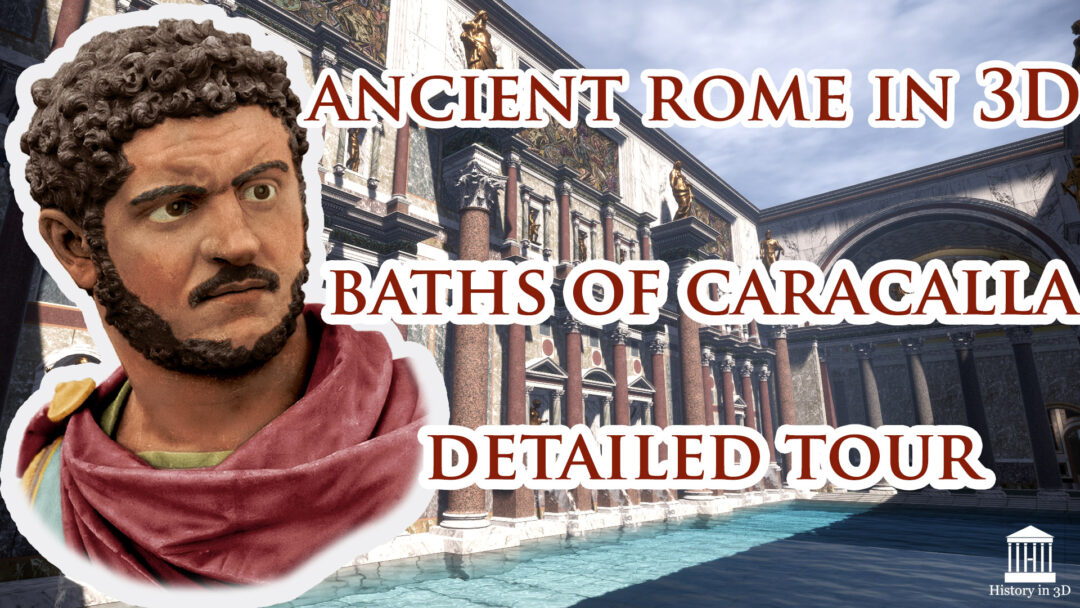I am starting to implement a series of video stories that I have long conceived, which will be dedicated to the process of the destruction of Rome. This process began in the 4th-5th centuries with the beginning of Christianization and during the followed captures and looting of the City. Then the thousand-year darkness covers the history of what happened to the once magnificent ancient buildings, and only by the 14th century, on the engravings of the Renaissance, the ancient ruins appear practically in the way we know them now.
Using fragmentary literary sources, archaeological evidence, we will try to fill this gap and show the gradual process of first the decline and disappearance of ancient Rome, and then its transformation into medieval Rome.
We invite you to watch the YouTuve video, first one from this series:
Throughout the centuries of its great history, Rome did not know the invasions of enemies. She prospered and accumulated fabulous riches and treasures. The Eternal City amazed everyone with its wealth and luxury.

But today we will take a trip to the end of August 410 AD to Rome.
A few days ago, an unprecedented event took place – on August 24, the Eternal City was taken by the Goths under the leadership of Alaric. The robberies continued for several days, after which the Goths left Rome. Let’s go to the Roman Forum and see how it looked these days.
Contrary to popular belief, Rome did not die in fire, did not lie in ruins. Almost all the bronze and gilded statues have disappeared from the Forum. Some of them were removed and melted down by the Romans themselves even before the capture of Rome, in payment of tribute to the same Alaric. However, most likely, large equestrian statues remained in the Forum. Also, many marble statues remained in their places.
The Forum was significantly damaged only on the north side, where two buildings were suffered by the fire.

Part of the portico of Gaius and Lucius collapsed. This portico adjoined the Basilica Aemilia Paulli. Soon the portico will be restored in a simplified and cheap version. But the main hall of the basilica, having lost its roof, will never be restored again, and begins to fall into disrepair and decay.

The fire also damaged the Curia Julia. Probably, the damage was not critical, since the famous bronze doors were not damaged, and the building was also soon restored.

The rest of the buildings, having lost a significant part of their decoration and interior decorations, retained their majestic appearance from the outside. The City quickly recovered and revived after this sad event, although of course it never returned to its former splendor.
In 44 years, Rome will be subjected to a much more serious threat. We’ll speak about that in the next video.




